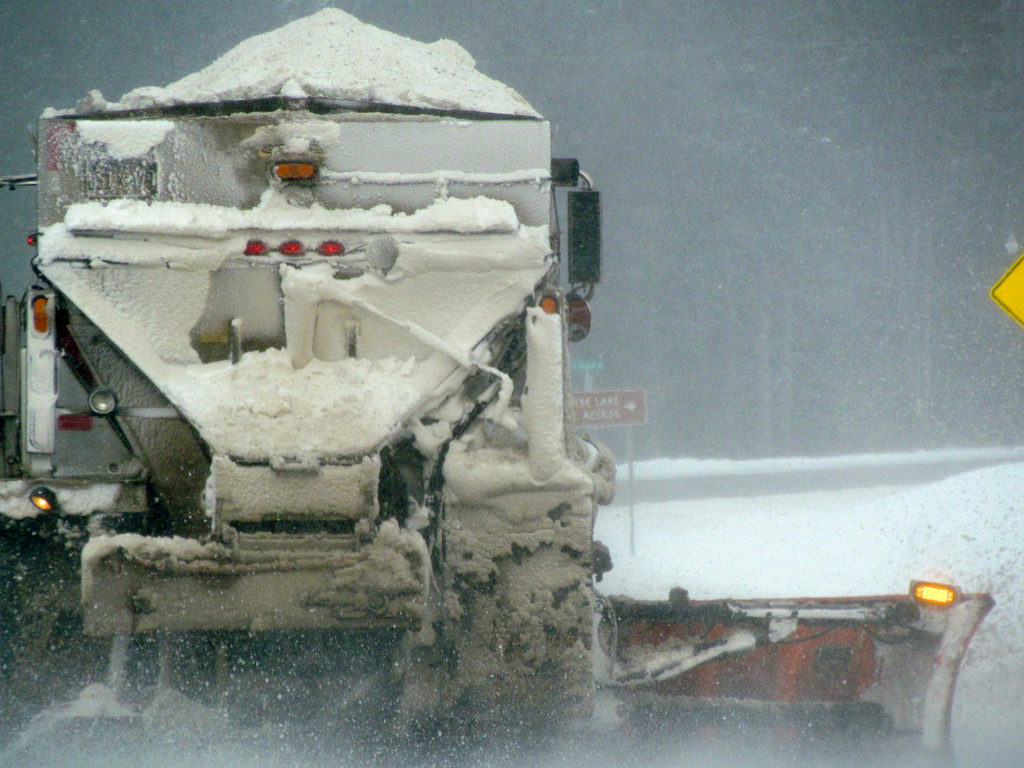
Human activities are exposing US rivers and streams to a cocktail of salts, with consequences for infrastructure and drinking water supplies. Road salt, fertilizers, and mining waste – as well as natural weathering of concrete, rocks, and soils – all contribute to increased salt in waterways. When these different salt compounds combine, their harmful effects can amplify.
Salinization drives up the pH of freshwater, making the water more alkaline. A new study is the first to document and link increasing freshwater salinization and alkalization – variables which shape water quality and can influence the stability of pipes and other water delivery infrastructure – on a continental scale.
In a recent study, researchers mined five decades of streamwater data from 232 US Geological Survey monitoring sites, and found 37% of the drainage area of the contiguous US experienced a significant increase in salinity, with a concurrent increase in alkalization of 90%.
Gene E. Likens is President Emeritus of the Cary Institute of Ecosystem Studies and a Distinguished Research Professor at the University of Connecticut, Storrs:
“I really was greatly surprised by the results that we obtained. We looked at the chemistry of rivers and streams all across the U.S. – data largely provided by the U.S. Geological Survey and others – these are long term data – and the extent of changes all across the U.S. was indeed very surprising.”
The study’s coauthors explain that urban development strategies – primarily building further from waterways and designing more effective stormwater drainage systems – can help reduce the amount of salt in the environment.
**********
Web Links
Photo, posted January 21, 2013, courtesy of Kate Ter Haar via Flickr.
‘Salt Cocktails’ from Earth Wise is a production of WAMC Northeast Public Radio.
Leave a Reply